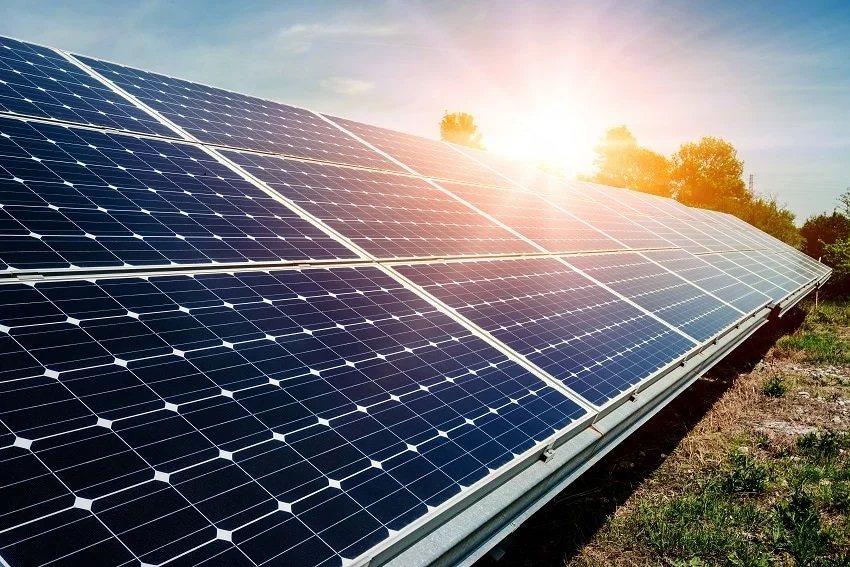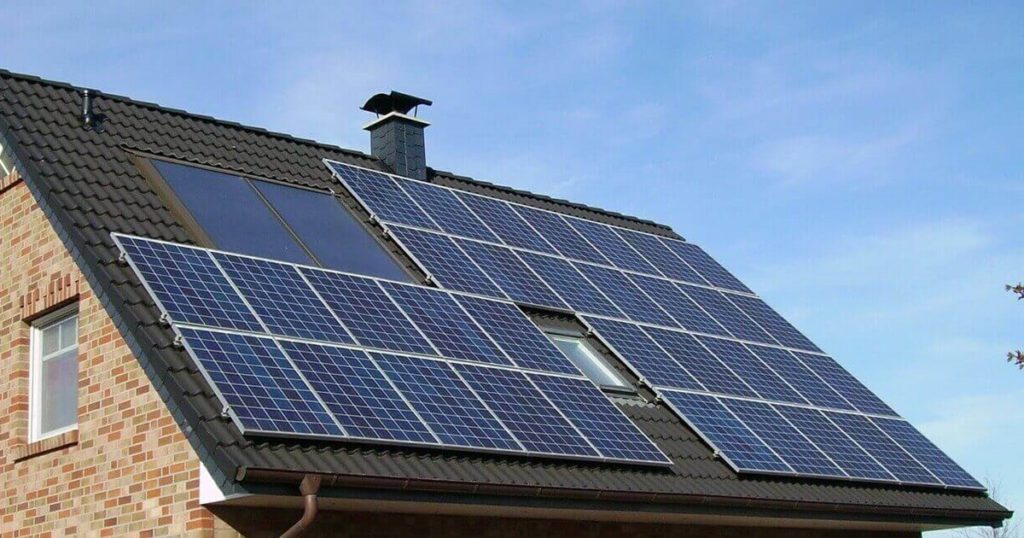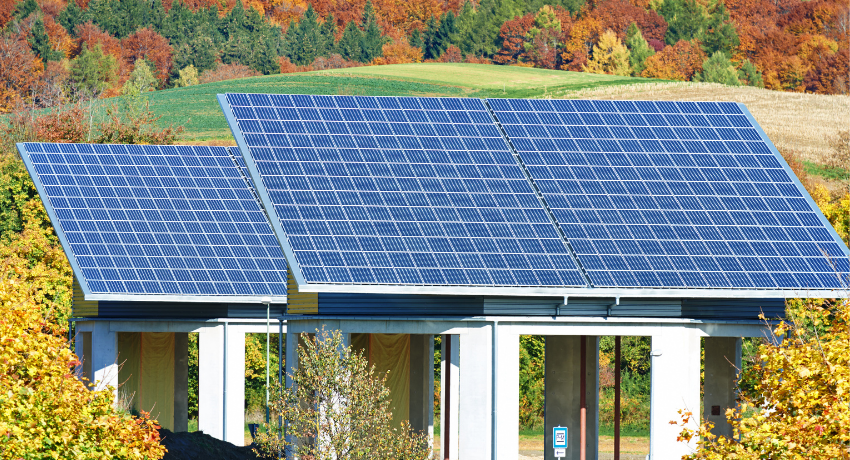Utility bills can sometimes be a strain on your bank account. The good news is, there is always another way out. If you are looking to cut down on electricity and save some bucks, then you should consider checking the types of PV panel options discussed in this article.
They currently come in three options; thin film, polycrystalline also called multi-crystalline, and monocrystalline. They also all come in different models, shapes, forms, sizes, prices, and from different brands. You then only get to choose depending on your requirements including budget, the size you need, and more.
Monocrystalline
These are the solar panels made of silicon wafers cells, cut from a pure silicon crystal. The wafers are organized in rows and columns to create a rectangle, which then is covered in a glass sheet and framed together, to build a monocrystalline panel. They mostly come in black-looking cells.
The reason for this is the way the pure silicon crystal interacts with sunlight. They may appear black on the surface but at the back of the sheets and the frames, there are multiple different colors. These are most often silver, white, or sometimes black.
Amongst all the types, monocrystalline is one of the panels with the highest efficiency and power capacity. While most other panels can reach an efficiency of at least 15% to 17%, monocrystalline panels can reach an efficiency higher than 20%. They also can generate more power because they come in higher wattage modules.

Polycrystalline
Polycrystalline shares multiple characteristics as monocrystalline. They are made of silicon wafers cells, only that when those of monocrystalline are cut from a single and pure crystal, these are cut from melted and molded fragments of silicon, a process done before they are created.
They also tend to have a bluish appearance when sunlight hits the panels. This is because they interact with the sunlight in a different way than monocrystalline panels that appear to be black on the surface. They however also have different colors in the back sheets and frame including silver and/ or white.
Polycrystalline usually has an efficiency of 15% to 17%. Even if they come in a lower wattage and have a lower power capacity, they are still efficient enough and reliable. Both polycrystalline and monocrystalline come in the same physical sizes. Only that even with the same size, monocrystalline has higher power capacity.
Thin-film Panels
Thin-film panels are made from different materials. This includes cadmium telluride (CdTe), amorphous silicon (a-Si), and copper indium selenide (SIGS). Even though their composition is silicon, they are not made of silicon wafers like monocrystalline and polycrystalline. Rather, they are made up of non-crystalline silicon composition.

All of the types of thin-film panels are also made from different technologies. Aesthetically, they are hugely differentiated by the thin and low-profile technology they are made with. Just as the name suggests, the panels are usually slimmer than most other panels.
The cell of each panel on thin-film is approximately 350 times thinner than those of monocrystalline and polycrystalline panels. However, keep in mind that while the cells themselves could be thinner, the entire thin-film panel could have the same thickness as polycrystalline, especially if it includes a thicker frame.
When it comes to appearance, thin-film panels can come in different colors including blue and black hues. This depends on what they are made of. As far as efficiency and power capacity, these types of solar panels are lower than monocrystalline and polycrystalline panels.
Their efficiency depends on the materials used on the cell but typically, it would be roughly 11%. They also come in 60, 72, and 96 standard cell variants, but not in uniform sizes. This means that the physical size largely affects the power capacity of the cell.






